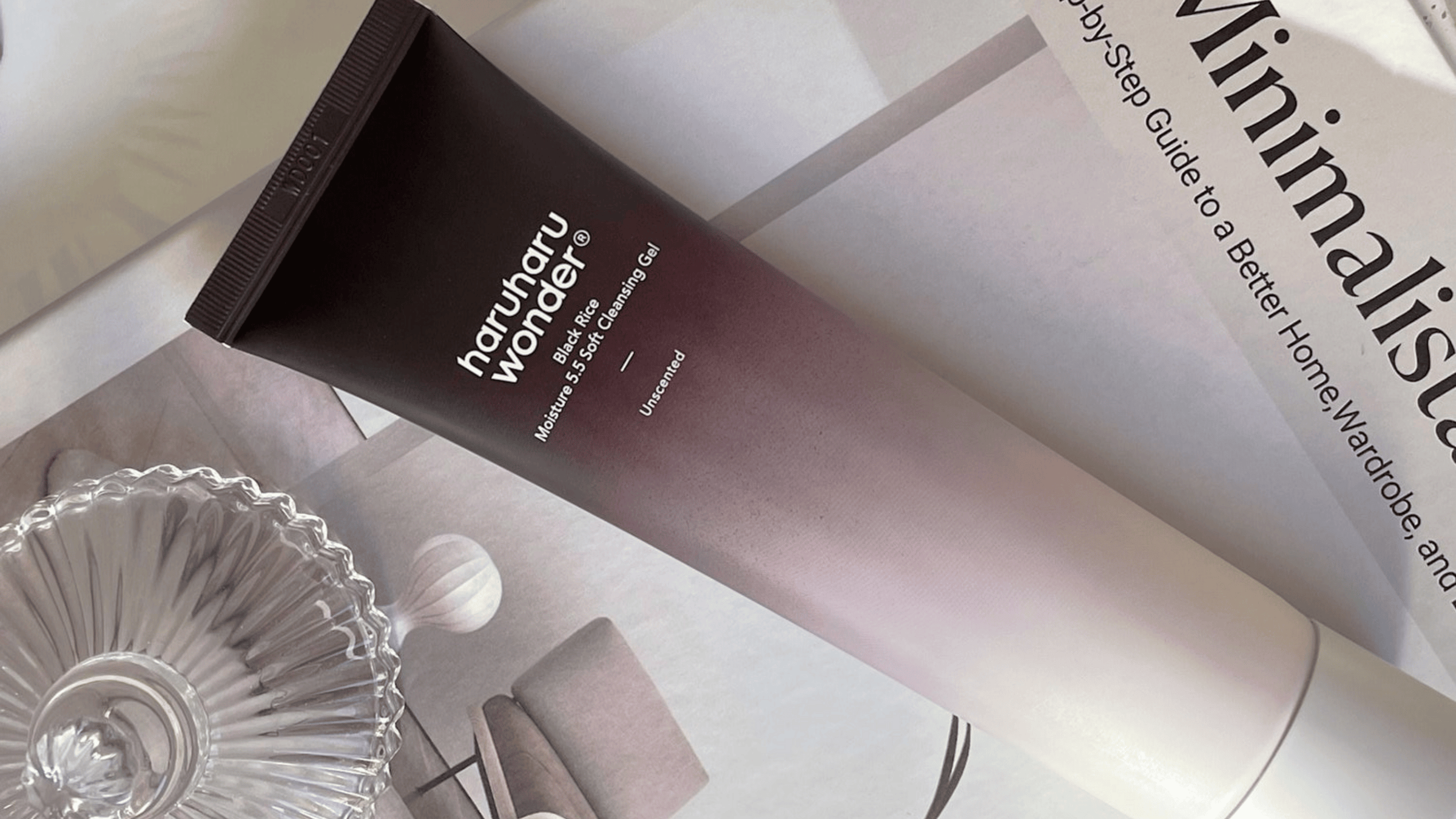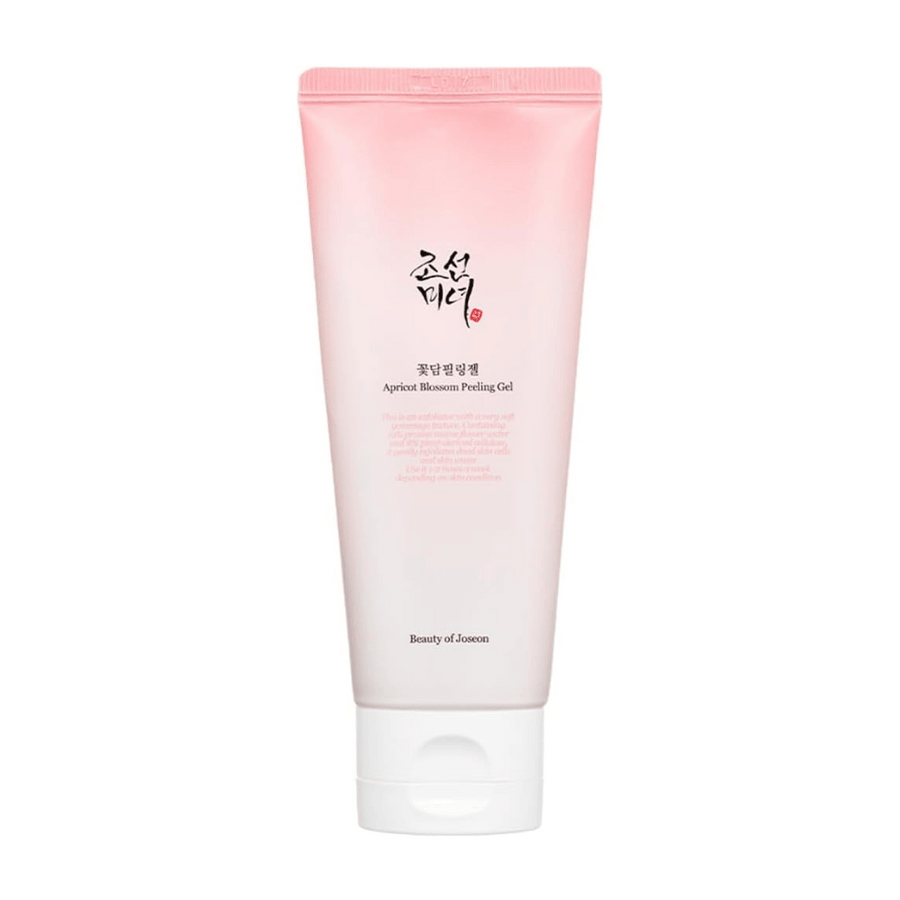
Does your skin feel tired, dull, or uneven despite a thorough skincare routine? Enzyme peeling is a gentle but powerful solution that helps the skin regain its glow – without irritation. In Korean skincare, enzyme peeling has become a staple thanks to its effective yet mild exfoliating properties.
Unlike stronger acids or harsh scrubs, these products use natural enzymes from fruit and plants to remove dead skin cells and promote healthier skin.
What is enzyme peeling?
Enzyme peeling is a type of exfoliation that uses natural, biologically active substances – usually enzymes from fruits like papaya (papain), pineapple (bromelain), fig, or pumpkin – to gently dissolve dead skin cells.
Unlike mechanical scrubs, which can damage the skin's surface, enzyme peeling works without friction. This makes it perfect even for sensitive skin. The enzymes break down the proteins in dead skin cells, resulting in smoother and clearer skin with improved texture and glow.
The difference between Korean and traditional enzyme peeling
What makes Korean enzyme peeling so special compared to Western alternatives? The answer lies in the combination of innovative technology, skin-friendly formulations, and a focus on mild yet effective ingredients.
While many traditional enzyme peels focus on single active ingredients, Korean variants often contain a balance of fermented extracts, hydrating agents, and multifunctional ingredients that both exfoliate and care for the skin.
K-beauty is known for its “layering” method, where each step in the routine is meant to support and enhance the next. Therefore, Korean enzyme peels are often formulated not to dry out or irritate, making them easy to integrate into a daily skincare routine – even for sensitive skin types.
Benefits of using enzyme peeling
Using an enzyme peel from South Korea provides the skin with a range of benefits – without compromising comfort or balance. Here’s why it has become a favorite in both minimalist and advanced skincare routines:
- Gentle exfoliation – Perfect for sensitive skin that cannot tolerate acids or harsh scrubs.
- Improved skin texture – Regular use makes the skin softer and smoother.
- Radiant glow – Dead skin cells are gently removed, giving a fresh and glowing appearance.
- Prevents clogged pores – Helps keep pores clean and reduces the risk of breakouts.
- Prepares the skin for other products – Makes the skin more receptive to serums, Essence, and moisturizers.
- Suitable for all skin types – Whether you have dry, oily, combination, or sensitive skin, there is a variant that works for you.
How and when to use enzyme peeling
To get the most out of your enzyme peeling, it’s important to use it correctly – and at the right time in your skincare routine.
Here’s how to do it:
- Cleanse the skin thoroughly with a gentle cleanser.
- Apply the enzyme peel on dry or slightly damp skin. Avoid the eye area.
- Leave on for 1–5 minutes depending on the product's strength and your skin's sensitivity.
- Rinse off with lukewarm water and pat the skin dry with a soft towel.
- Follow up with toner, serum, and moisturizer to lock in moisture. and soothe the skin.
Tips: Use 1–2 times a week for normal skin, and once a week for sensitive skin. Feel free to combine with moisturizing and soothing products for best results.
Which skin types should use enzyme peeling?
Enzyme peeling is known for its versatility and is suitable for almost all skin types – especially those who cannot tolerate stronger acids or grainy scrubs.
- Sensitive skin: Enzyme peeling is an excellent alternative to AHA or BHA acids. Choose a variant with soothing ingredients like centella asiatica or chamomile.
- Dry skin: Helps remove flakes and improve the absorption of moisturizing products. Look for enzymes combined with hyaluronic acid or glycerin.
- Oily or acne-prone skin: Helps keep pores clean and reduce blockages – without disrupting the skin's barrier.
- Combination skin: Enzyme peelings balance the skin and can be used on specific areas as needed.
- Normal skin: Perfect as a regular glow booster in the skincare routine.
Recommendation:
For sensitive skin – choose an enzyme peeling with pumpkin enzyme and moisturizing extracts.
For oily skin – opt for products with papaya or pineapple enzyme and green tea.
Common questions about enzyme peeling
What is enzyme peeling good for?
Enzyme peeling gently removes dead skin cells, improves skin texture, adds radiance, and prepares the skin for other skincare products.
Can I use enzyme peeling if I have sensitive skin?
Yes, enzyme peeling is especially suitable for sensitive skin because it exfoliates without causing irritation or damaging the skin barrier.
How often should one use enzyme peeling?
1–2 times a week is sufficient for most skin types. For sensitive skin, once a week may be enough.
What is the difference between enzyme peeling and acid peeling?
Enzyme peeling uses natural enzymes from fruit, while acid peeling is based on chemical substances (such as AHA and BHA). Enzyme peeling is generally milder.
Can I combine enzyme peeling with other products?
Yes, it works well with toner, serum, and moisturizer. However, avoid using strong acids directly afterward.
Should enzyme peeling be used on dry or damp skin?
This varies depending on the product, but it is generally recommended to apply on dry or slightly damp skin for the best effect.
Is there a risk of the skin becoming red?
Enzyme peeling is mild, but slight redness can occur after use – especially if the skin is sensitive. This usually subsides quickly.
Is Korean enzyme peeling better than regular?
Korean enzyme peelings are often more advanced in their formulations, with nurturing ingredients and milder compositions, making them popular worldwide.
Does enzyme peeling suit all skin types?
Yes, but different products suit different skin types. It is important to choose a formulation tailored to your needs.
When during the day should I use enzyme peeling?
Evening time is usually best, as the skin can rest and recover overnight.









